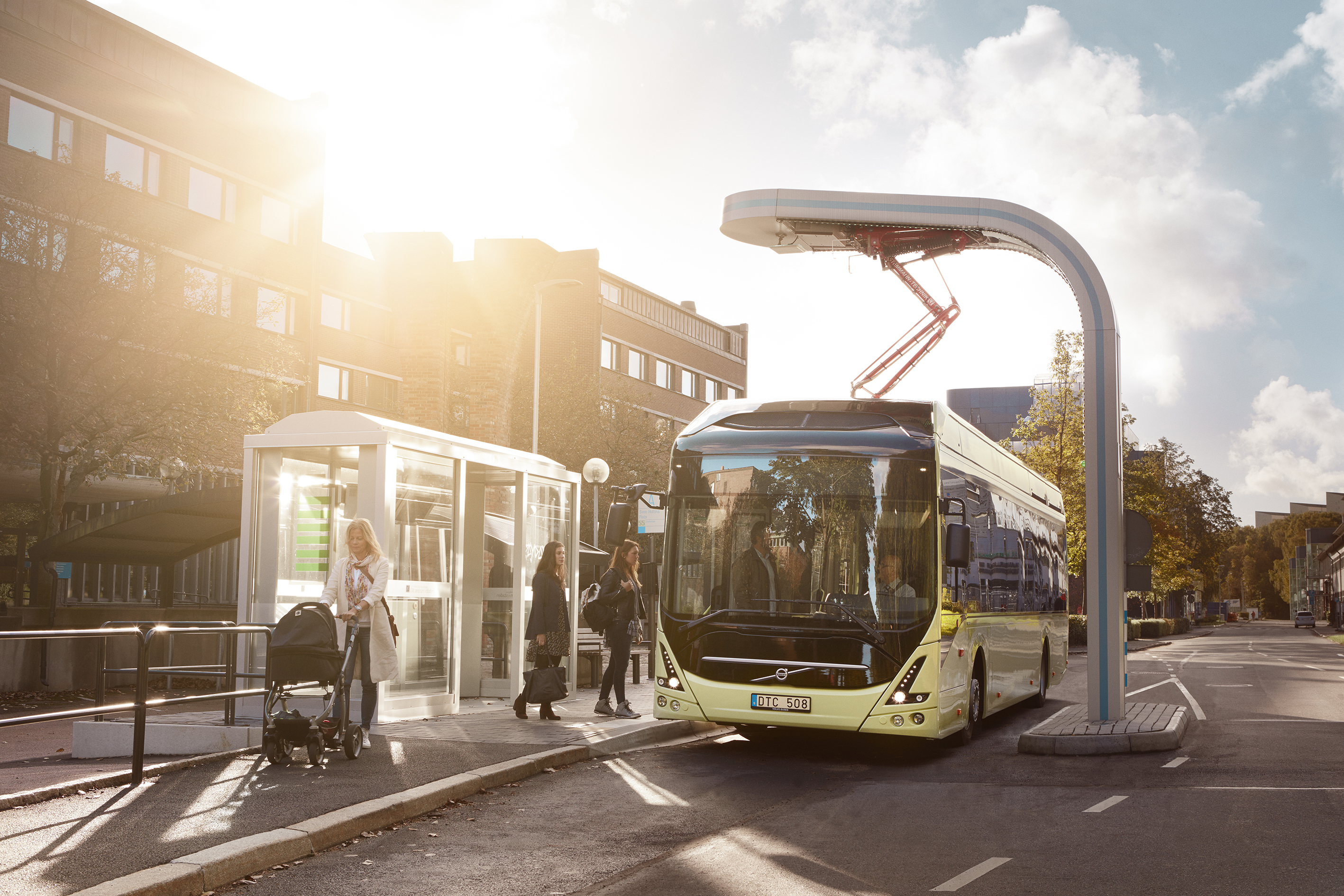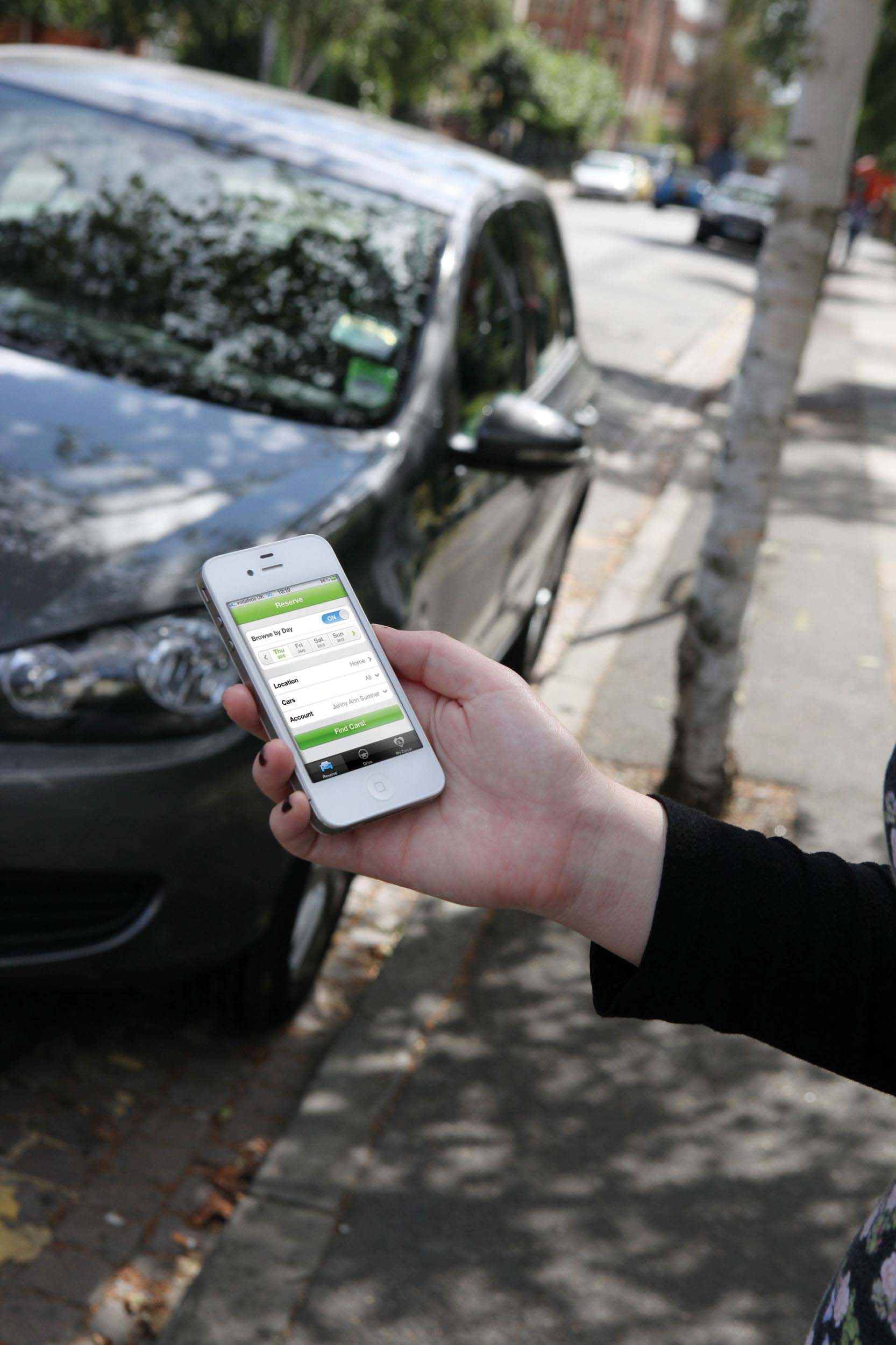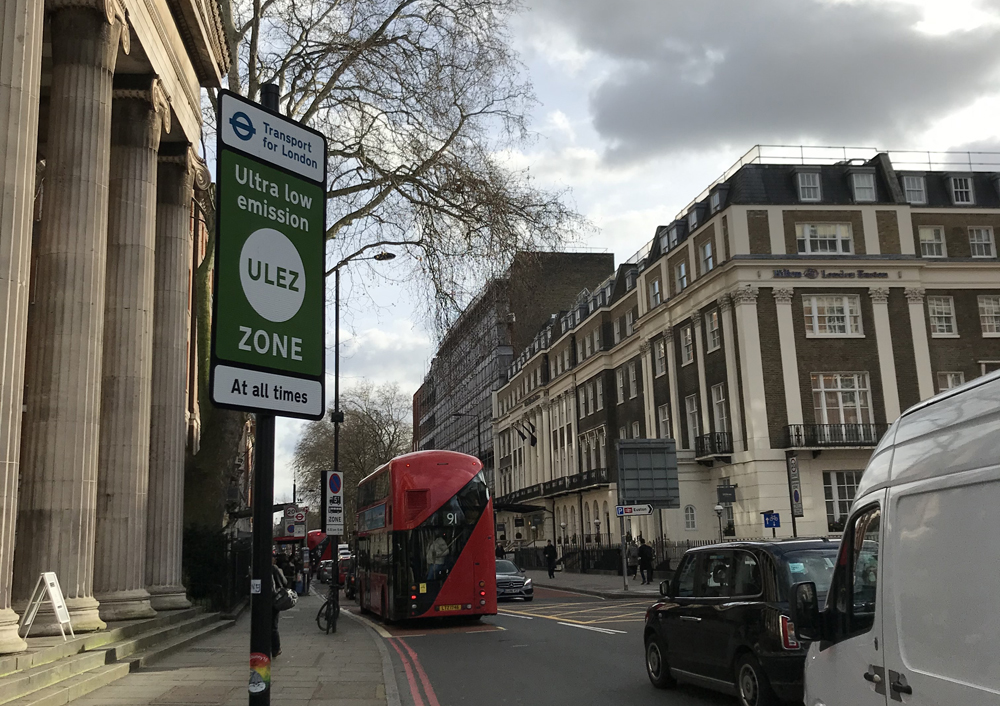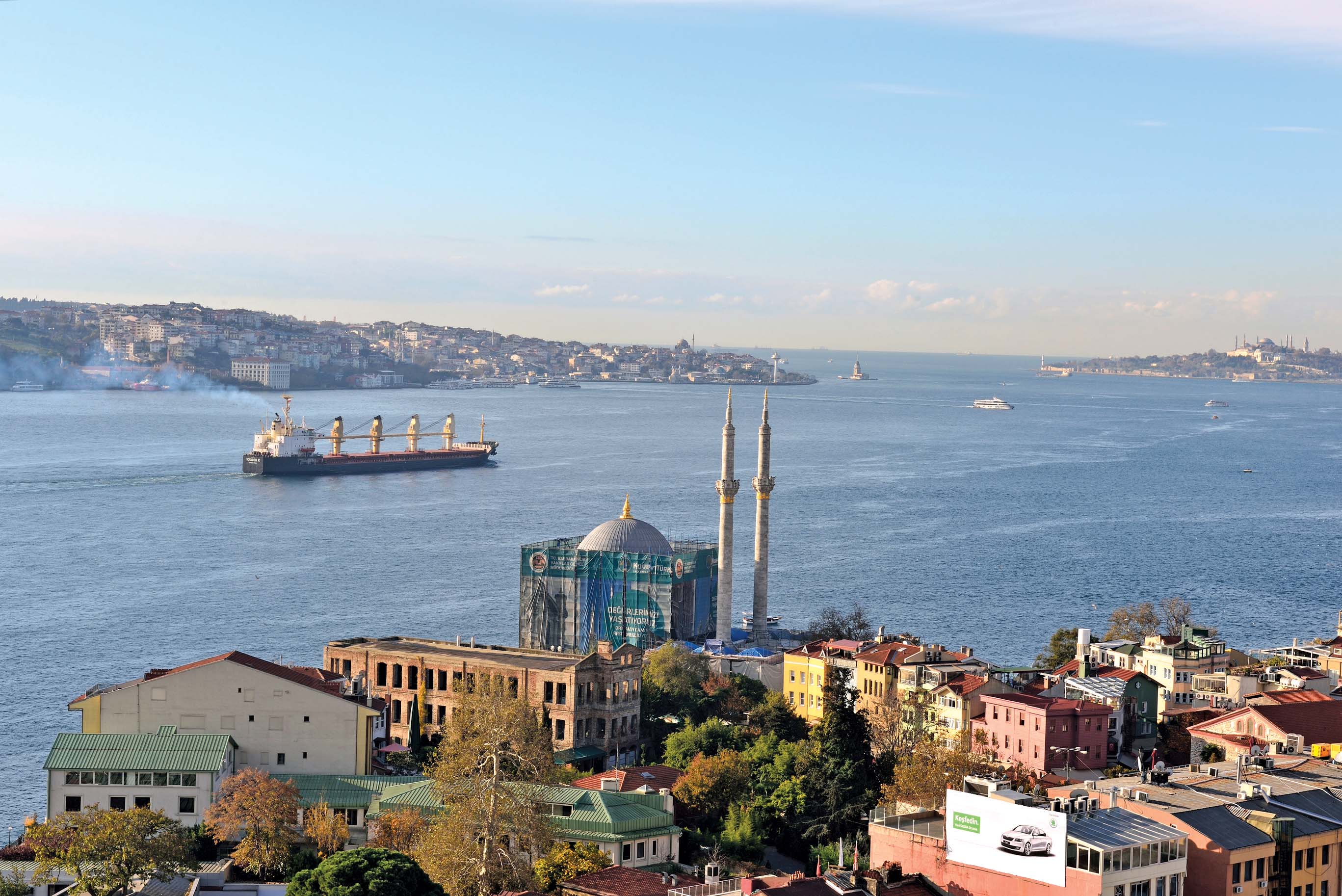
Poor air quality is topping the agenda for city authorities across the globe. In the UK, for example, a report from the Royal Colleges of Physicians and of Paediatrics and Child Health, concluded that poor outdoor air quality shortens the lives of around 40,000 people a year – principally by undermining the health of people with heart and/or lung problems. On a wider scale, the European Environment Agency says around 90% of Europe’s city dwellers are exposed to pollution levels deemed harmful to health. It cites fine particulate matter (PM2.5) in the air as the key problem which is estimated to reduce life expectancy in the EU by more than eight months.
Another report, this time by Westminster City Council in central London, identifies road traffic as the predominant source (almost 65% and 58% respectively) of two major pollutants, PM2.5 and NO2. Gas heating in buildings is also identified as producing 32% of the NOx in London’s air as well as 11.5% of the PM2.5.
That air quality is deteriorating is directly linked to increased congestion, according to a report by Professor David Begg, former chairman of the government’s Commission for Integrated Transport, and Claire Haigh, chief executive of Greener Journeys.
There is more evidence of emissions being increased by stop-start traffic in work done by the University of Southampton Transportation Research Group for the UK
The full findings will be published shortly, and further work is being undertaken looking at the potential for retrofitting insulation or even controlled heating around the SCR as a way of improving conversion efficiency in low load/low speed conditions encountered in city centres. So how can authorities improve the situation?
While acknowledging a need for urgency, TRL warns “it’s important that sufficient base-line data is collected before the scheme is implemented.” For many authorities however, the first problem is identifying areas with poor air quality. While congestion and high traffic volumes are obvious indicators, the built environment, traffic management strategies and the vagaries of the wind confuse the situation. Fortunately, there are a number of services and products to help authorities identify and prioritise air quality problems.
Alternatively, Ricardo Energy & Environment’s new mobile vehicle emissions monitoring service can monitor locations of interest, to measure and record the emissions from each passing vehicle.
Using non-intrusive absorption spectroscopy, the system monitors and records emissions such as nitric oxide and nitrogen dioxide (NOx), particulate matter (PM), hydrocarbons, carbon monoxide (CO) and ammonia from the exhaust of passing vehicles. The system can measure emission from thousands of vehicles in a short space of time (without interfering with traffic flow) and uses ANPR to match the data to vehicle characteristics such as engine type and age.
This data can be used to identify the most polluting vehicle types (buses, heavy goods vehicles, vans and cars) and their respective contributions to emissions.
Early results allow a direct comparison between Euro 5 and Euro 6 engines in real-world driving conditions and the impact of ‘cold-starts’ on both petrol and diesel engine emissions in urban environments.
Parking equipment manufacturer
Having identified areas of poor air quality, the question then arises; what can be done to improve the situation? Back in 2003 TfL introduced a weekday (7am to 6pm) congestion charging zone in central London and five years later added a full-time low emission zone (covering most of the area within the M25 orbital motorway) for trucks, vans, 4x4s, buses and coaches. These ANPR-based schemes are not designed to prevent vehicles from entering London but the additional charges aim to deter drivers from doing so if not absolutely necessary.
In addition to the above, this October the current London mayor, Sadiq Khan, will implement a £10 toxicity charge on top of the £11.50 congestion charge and an ultra low emissions zone is planned for 2019 to target diesel vehicles.
The local authority covering much of central London, Westminster City Council, is also working on the air quality problem and aims to deter diesel car use by differentiating parking charges. A trial is currently underway at certain pay-to-park bays where the cost to park a diesel vehicle is 50% higher than for petrol-powered equivalents.
In the private sector, CitiPark is trialling emissions-based parking tariffs in central London using an
In CitiPark’s case, cars emitting 75g/km of CO2 and below qualify for 20% discount on the regular parking cost.
Traffic management strategies also have an impact on emissions and air quality. TRL’s Academy highlighted ‘dumb’ traffic lights, speed humps, chicanes and spot speed cameras as exacerbating both noise and emissions while ‘green waves’ and average speed enforcement can reduce environmental problems. And networked signals can also allow the creation of a ‘virtual cordon’ to hold vehicles outside poor air quality areas while providing free-flow conditions in the centre.
In the longer term, electric vehicles will mean much of the pollution creation (depending on how the electricity is generated) is moved away from urban areas.
City authorities in Sweden, Luxembourg, Belgium, China, the US and the UK are already deploying electric buses to improve air quality and reduce running costs and noise emissions.
Volvo Buses says its 7900 Electric is up to 80% more fuel efficient than a diesel-powered counterpart. The 12m-long bus carries up to 83 passengers and its fuel efficiency comes from regenerative braking and almost zero ‘fuel’ usage when stationary at lights or as passengers board and alight.
Roof-mounting the four relatively light lithium nickel manganese cobalt traction batteries allows a low floor for easy entry. A pantograph on the top of the bus connects with a contact pole for opportunity charging, which takes around six minutes and extends the length of route that can be covered.
Rather than selling its electric buses to transport operators, Volvo offers a turn-key solution to provide a defined, scheduled transport capacity at a specified cost-per-kilometre.










